What ’60s Fashion Got Right, And Why Men Are Bringing It Back
The 1960s offered a strange mix of order and rebellion in men’s fashion. Clean tailoring coexisted with psychedelic prints, and structure gave way to self-expression by the end of the decade. That variety gave clothes meaning. Today, men are revisiting those styles for their practicality, style, and personality. Here are some examples.
Harrington Jacket
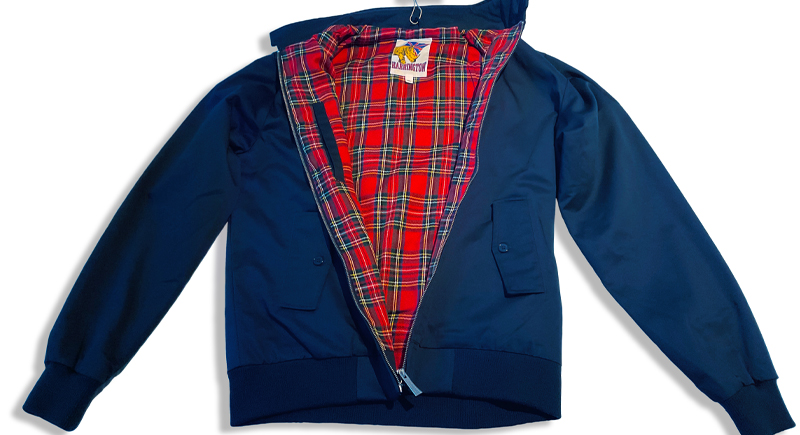
Credit: Wikimedia Commons
Mods in 1960s Britain used the Harrington jacket to sharpen casual outfits without turning to formalwear, as it neatly framed the torso. It still creates a silhouette that feels confident, especially when worn slightly cropped at the waist.
Knitted Polo
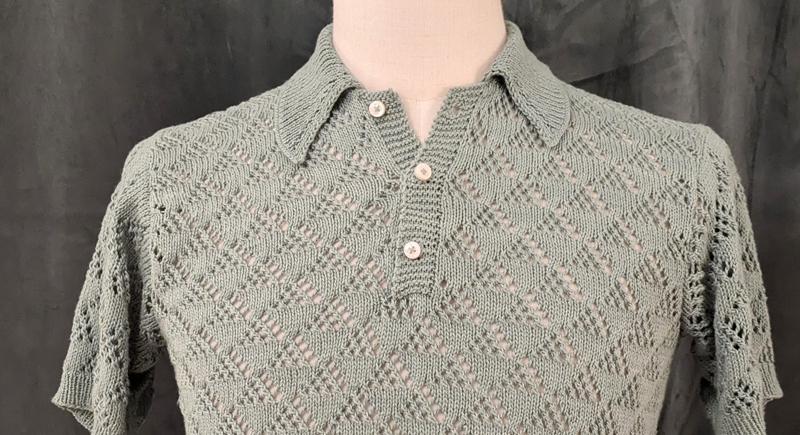
Credit: Reddit
You’d often see the knitted polo tucked into slim, flat-front trousers, finished with a leather belt and loafers or desert boots. Men buttoned it to the top for a cleaner line and layered it under Harrington jackets or lightweight blazers.
Chelsea Boots

Credit: flickr
Chelsea boots appeared on stages before they took over sidewalks, worn by bands rehearsing at Abbey Road or stepping into smoky London clubs. The narrow ankle and elastic side panel gave just enough shape to lift an outfit.
Mad Men Tailoring

Credit: flickr
Mid-century business attire took on a more fitted shape during this era, with narrower lapels, closer shoulders, and tapered waists replacing boxier cuts of the previous decade. The show Mad Men nailed this aesthetic and reintroduced it to a modern audience.
Black Turtleneck
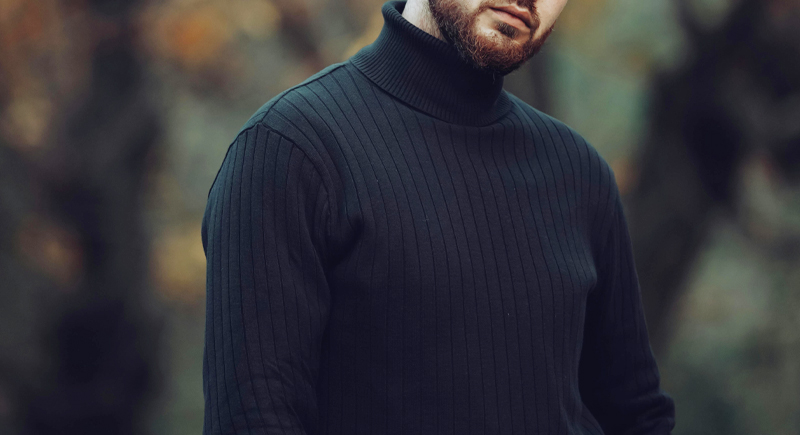
Credit: pexels
Wearing a black turtleneck once signaled creative independence. Throughout the 1960s, writers, painters, and political organizers favored it. Figures like James Baldwin and members of the Black Panther Party used it as a visual statement: focused, stripped down, and serious.
Tweed Jacket

Credit: flickr
Universities across the Northeast helped turn tweed jackets into an everyday uniform. Elbow patches, wool texture, and boxy shoulders gave it a casual academic feel that seemed deliberate but never stiff.
Penny Loafers

Credit: flickr
Putting on penny loafers sharpened casual outfits without making them feel overdressed. They worked well with relaxed suits, pleated trousers, or jeans and a knit sweater. Lighter shades—like tan or mid-brown—fit easily into a spring and summer wardrobe, especially with bare ankles or invisible socks.
Psychedelic Shirt
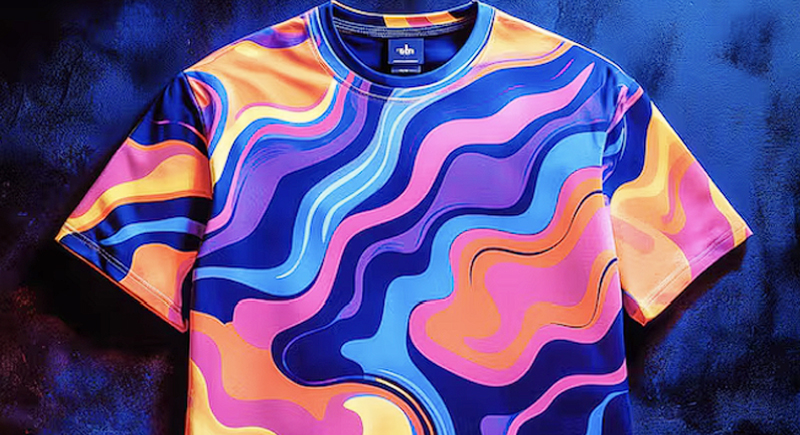
Credit: freepik
Music and fashion started to reflect the same ideas: abandon order, embrace chaos. Prints exploded in brightness and scale, mostly handmade or sourced from India. A psychedelic shirt didn’t need to be worn head-to-toe with matching pieces. One loud pattern worked well under a jacket or with black trousers.
Peacock Jacket
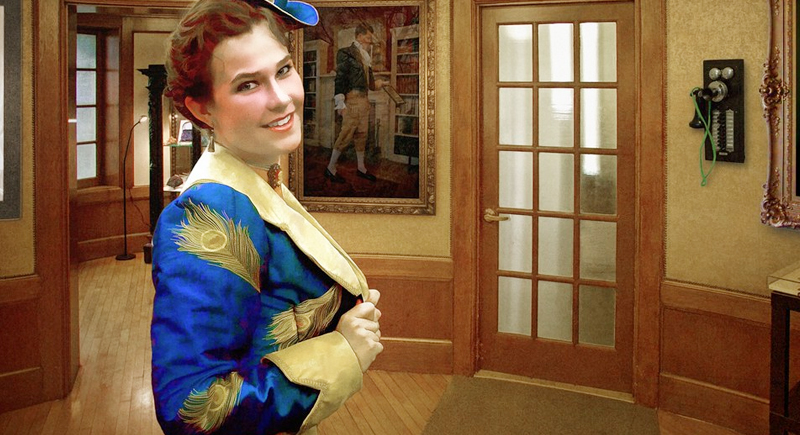
Credit: flickr
As the ‘60s were coming to an end, fashion turned theatrical in London’s club scene and on rock stages. Musicians like Jimi Hendrix and Brian Jones popularized ornate jackets with embroidery, velvet, and exaggerated lapels. This eventually went on to become known as the peacock style.
Flared Pants
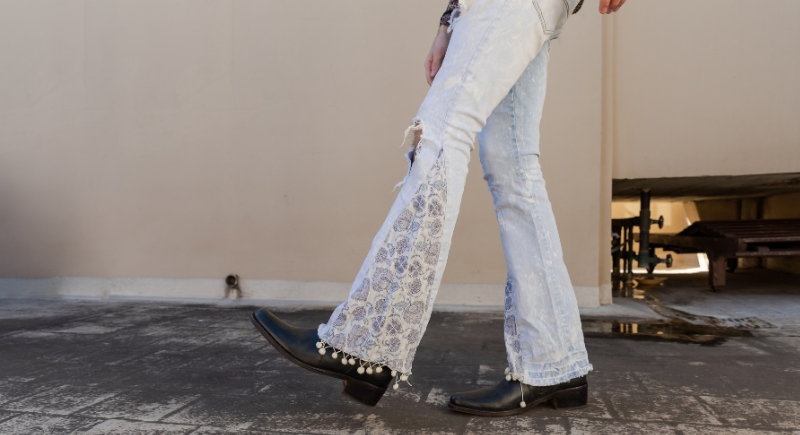
Credit: Canva
Bands on tour began swapping narrow-leg trousers for bell-bottoms at one point. The style balanced out tall boots and longer jackets, which changed the way a figure moved. These bottoms now appear with high waists and soft pleats, usually in textured cotton or lightweight wool. They land best when the hem skims the top of your shoe.
Plaid Shirt
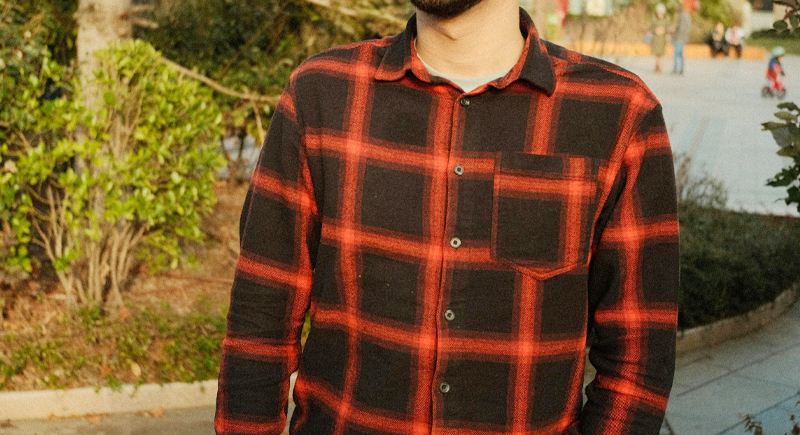
Credit: pexels
Tying plaid shirts around the waist or buttoning them over plain tees became common during the protest movements of the decade. Students and activists leaned into the practicality—plaid offered warmth, coverage, and a sense of effort. It moved easily between campuses and demonstrations.
Cardigan Sweater
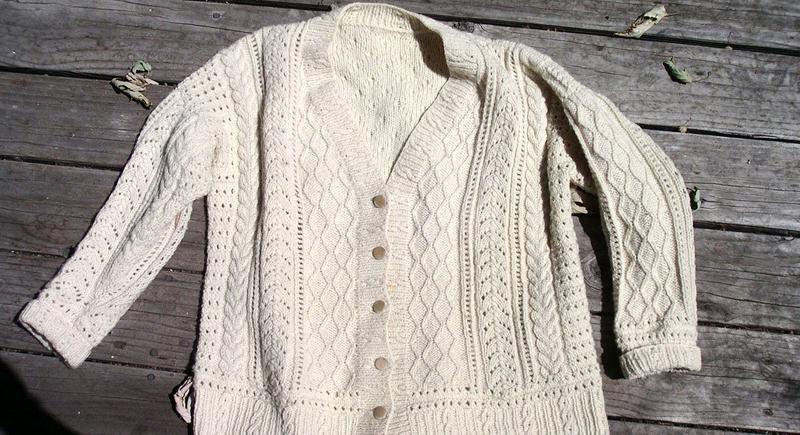
Credit: Wikimedia Commons
Layering a fine-gauge cardigan over a white T-shirt and pressed trousers would create a clean, casual outfit. For work settings, people buttoned it up over a collared shirt and added leather loafers.
Skinny Tie
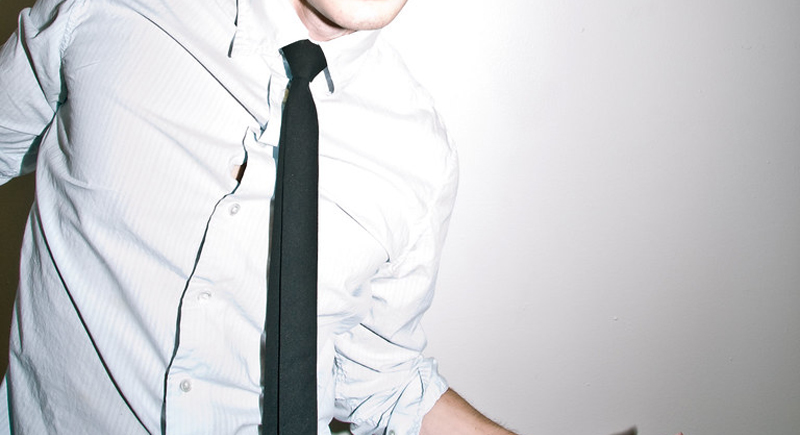
Credit: flickr
When suits were slimming down, broad accessories looked out of place. Men wore skinny ties with narrow-lapel jackets and slim-cut trousers in dark wool or lightweight worsted fabrics. The shirts had small collars to match and keep the proportions tight.
Tie-Dye Shirt
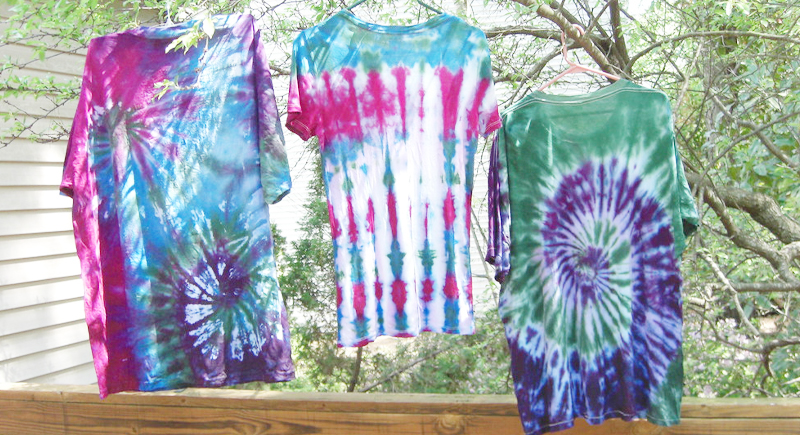
Credit: flickr
This piece of clothing was initially a protest piece—home-dyed, unbranded, and worn by anyone pushing against war or convention. It spread fast, reaching college campuses and concert stages.
Suit Jacket
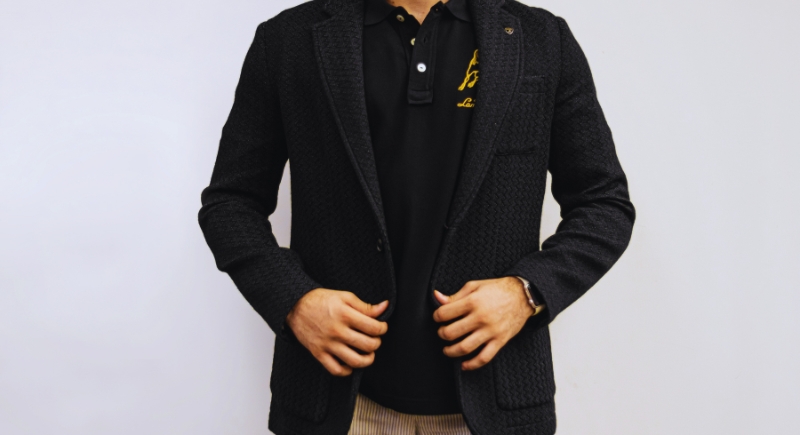
Credit: pexels
The 1960s suit jacket, tailored with narrow lapels, high armholes, and a close fit, reflected a shift toward tidier silhouettes. Men wore it with crisp white shirts, slim black ties, and polished shoes, often as part of coordinated two-piece sets.